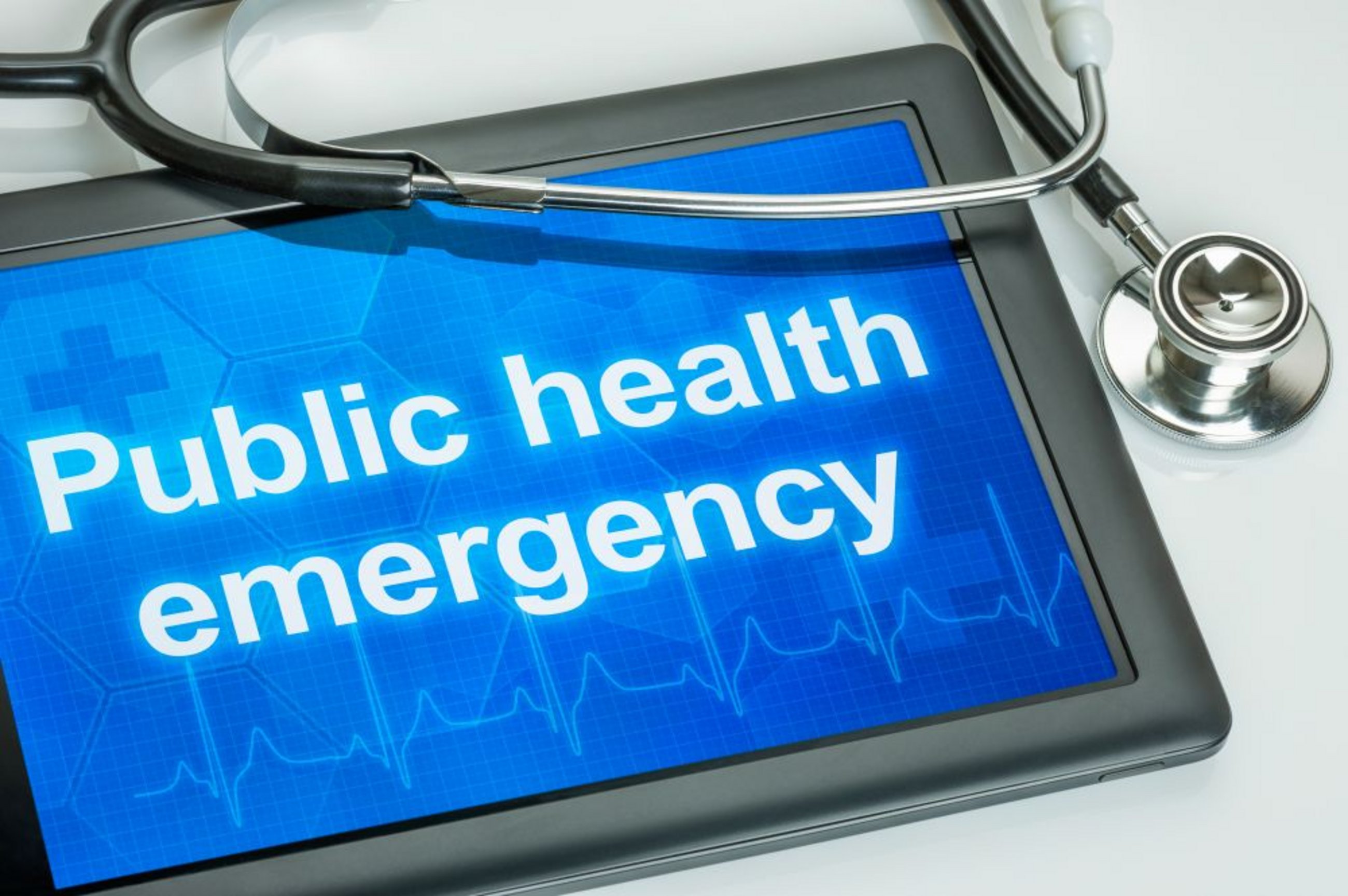
Consumer & Health
Serious Cross-Border Threats to Health (cepPolicyBrief COM2020 727)
cepPolicyBrief
"It makes sense that the Commission is creating clear rules against the background of the COVID pandemic. However, it is confusing that Brussels does not clearly define in the regulation what a cross-border emergency is, under which conditions it occurs, how many Member States have to be affected and when such a state of emergency ends," criticises cep jurist Patrick Stockebrandt, who wrote the cepPolicyBrief with co-author Nathalja Nolen.
According to Stockebrandt, Member States are not sufficiently involved in the decision. "The recognition of such an emergency situation must at least be made in the EU Health Security Committee. Because it leads to special powers of the EU institutions. Therefore, the Member States must be involved at a high political level," Stockebrandt demands.
Parliament will discuss the proposal on 13 September. It is one of three pillars of a reformed EU health architecture, which had become necessary due to the COVID pandemic and existing deficits in the health sector.
In addition to new competences for the European Medicines Agency (EMA), this also includes an expansion of the European Centre for Disease Prevention and Control (ECDC). In the area of prevention, the Member States want to move closer together. "The fact that the European Union wants to create common standards is definitely to be welcomed," emphasises cep expert Nolen.
Download PDF
| Schwerwiegende Grenzüberschreitende Gesundheitsgefahren (cepAnalyse zur COM2020_727) (publ. 08.31.2021) | 229 KB | Download | |
 | |||


